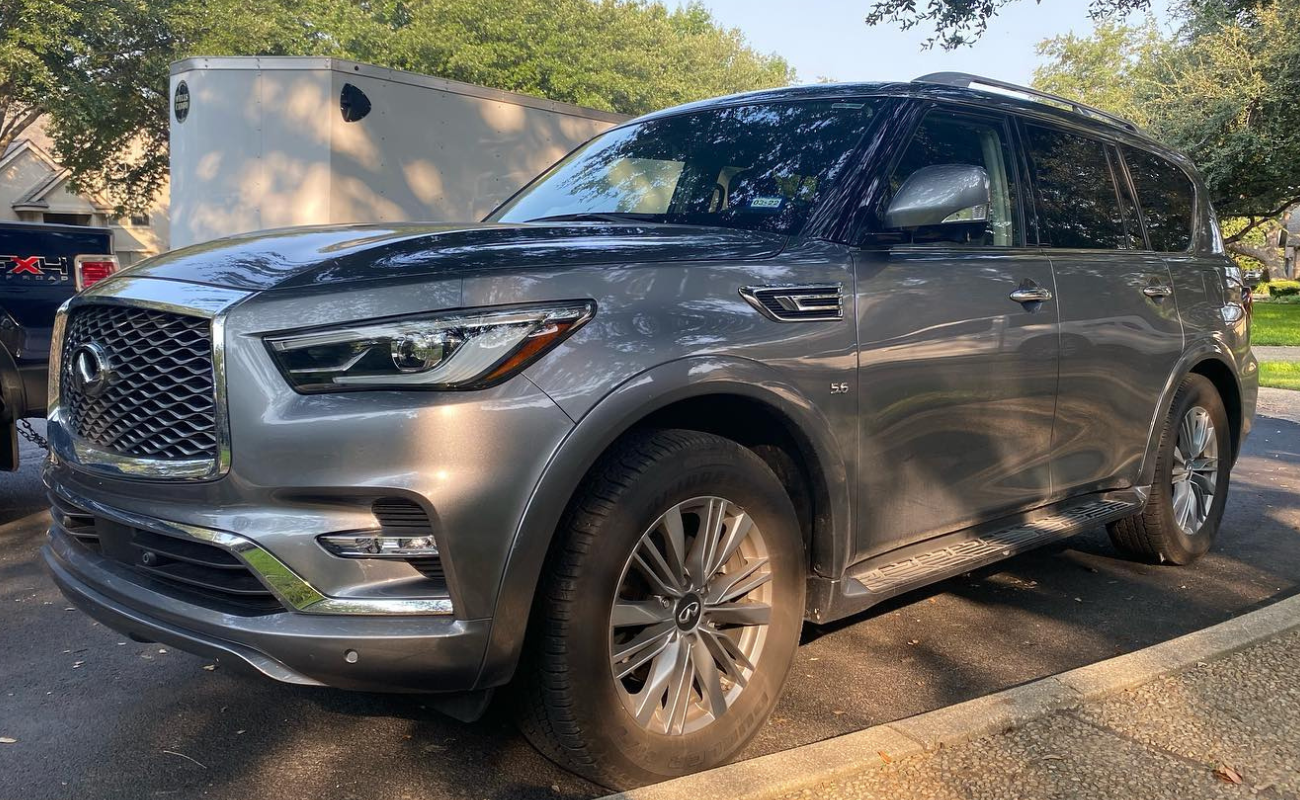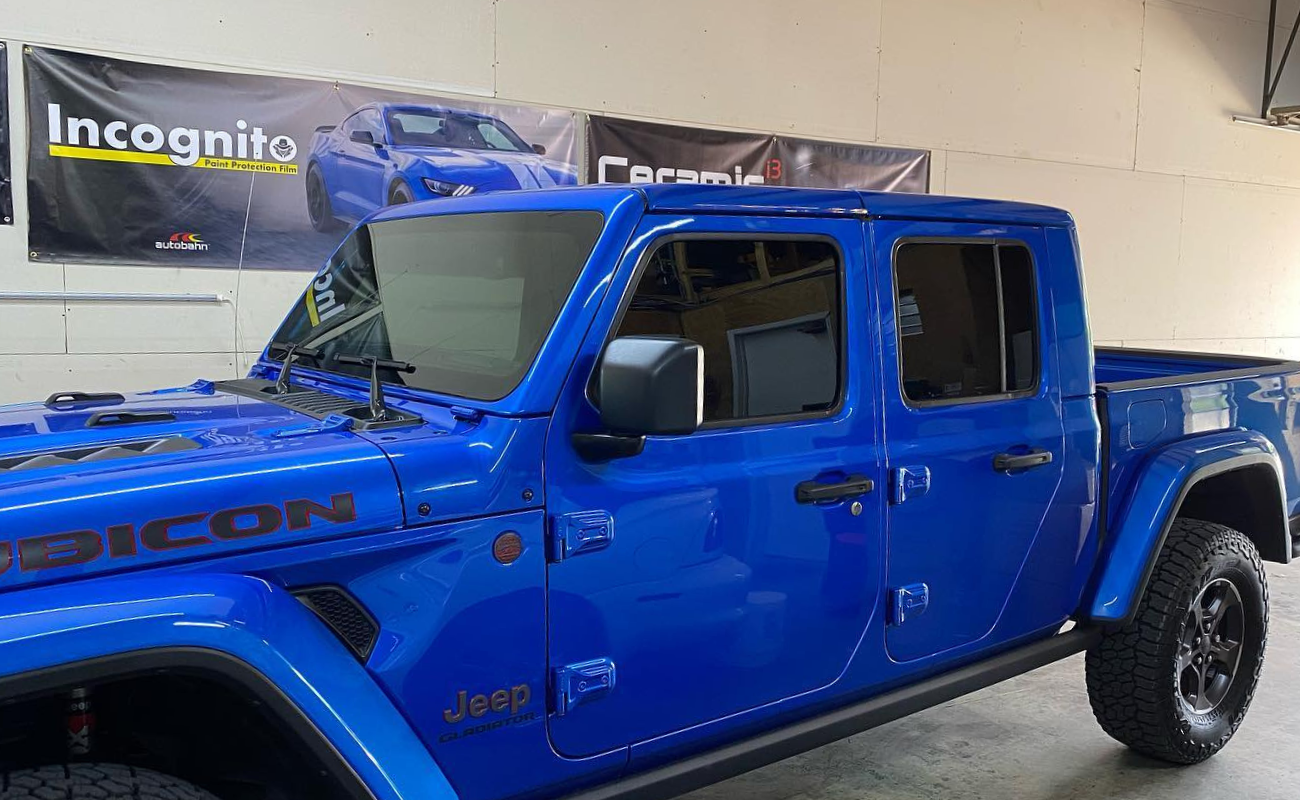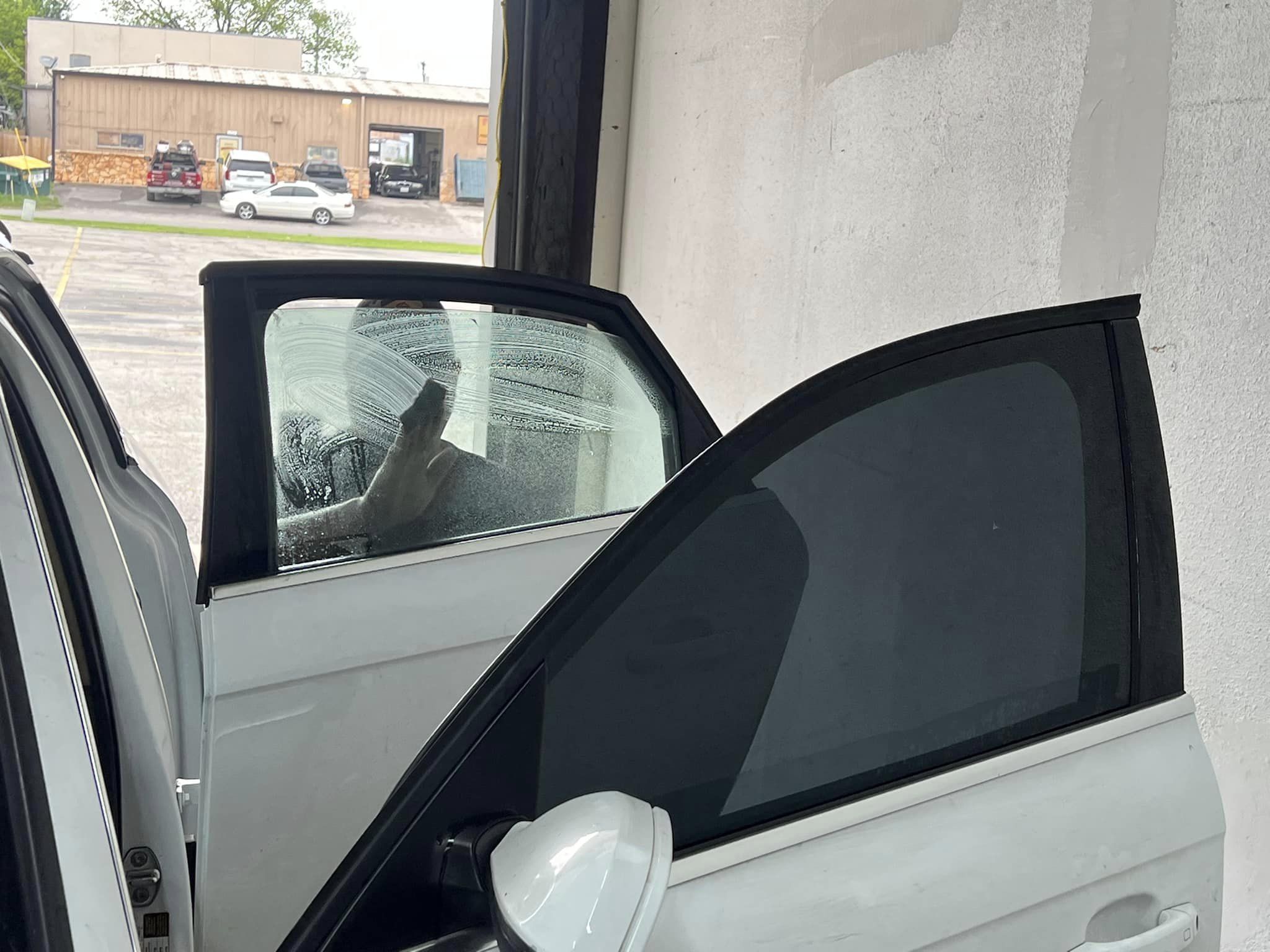As you contemplate the decision to invest in paint protection film, the thorough analysis aspect becomes paramount. Understanding the intricacies of material quality, installation expenses, and long-term benefits is key. But have you considered how the initial expenditure aligns with potential future savings, the impact of professional installation fees, or the significance of expertise during the installation process? These nuanced factors contribute to evaluating paint protection film’s cost-effectiveness. Stay tuned to discover the detailed breakdown of evaluating the investment in paint protection film and the essential considerations that could influence your decision-making process.
Key Takeaways
- Consider material quality and installation methods for cost analysis.
- Evaluate long-term savings vs. initial investment for the ROI calculation.
- Professional installation enhances film durability and resale value.
- Factor in maintenance costs for film longevity and vehicle protection.
- Assess benefits, warranty options, and quality assurance practices for informed decision-making.
Benefits of Paint Protection Film
Applying paint protection film to your vehicle offers a layer of defense against daily wear and tear, preserving its appearance and resale value. The essential features of paint protection film are vital in maintaining the exterior of your vehicle in pristine condition. This film acts as a barrier, shielding the paint from road debris, scratches, bird droppings, and other environmental contaminants that can damage the finish over time.
One key installation benefit of paint protection film is its ability to self-heal minor scratches and swirl marks. The film has a special top coat that’s designed to automatically repair itself when exposed to heat, ensuring that your vehicle maintains a flawless finish.
Additionally, the paint protection film is resistant to UV rays, preventing the paint from fading or oxidizing due to sun exposure.
Moreover, the protective features of paint protection film extend beyond just physical damage. This film also helps in retaining the resale value of your vehicle by preserving the original paint. Potential buyers are more inclined to pay a higher price for a well-maintained vehicle with its paint in top condition, making paint protection film a worthwhile investment in the long run.
Types of Paint Protection Film
Different types of paint protection film are available in the market, each offering specific advantages and characteristics for protecting your vehicle’s exterior. When contemplating the types of paint protection film, factors such as smoothness and customization play a vital role in determining the best choice for your needs.
In terms of application methods, paint protection films can be categorized as pre-cut kits or bulk rolls. Pre-cut kits are designed to fit specific vehicle models precisely, ensuring a smooth application with minimal trimming required. On the other hand, bulk rolls offer more customization options as they can be trimmed to fit any part of the vehicle, allowing for a customized fit.
Durability is a key consideration when selecting a paint protection film. High-quality films are designed to withstand various environmental elements such as UV exposure, road debris, and harsh weather conditions. Additionally, some films have regenerating properties that can repair minor scratches and swirl marks over time, maintaining the film’s pristine appearance.
Another aspect to contemplate is whether to opt for clear or colored paint protection film. Clear films provide invisible protection, preserving the original color of your vehicle, while colored films offer customization options by adding a tint or a matte finish to the paint surface.
Factors Affecting Cost Analysis
Consideration of various factors plays a pivotal role in determining the cost analysis of paint protection film installation. Two key factors that heavily impact the overall cost are material quality and the application process.
Material quality is an essential aspect to take into account when evaluating the cost of paint protection film. Higher quality materials often come at a higher price point but offer better durability and protection for your vehicle’s paint. While initial costs may be higher, opting for superior-quality materials can lead to long-term savings by reducing the need for frequent replacements or repairs.
The application process also influences the cost analysis of paint protection film. The installer’s skill and expertise, as well as the time and effort required for a precise application, can impact the overall cost. A thorough application process ensures that the film adheres correctly to the vehicle’s surface, providing excellent protection against environmental elements and physical damage.
Initial Investment Vs. Long-Term Savings
When contemplating the paint protection film cost, evaluating the breakdown of initial investment versus long-term savings is essential.
Analyzing the return on investment and the durability of the protection over time will provide valuable insights for making an informed decision.
Cost Analysis Breakdown
An in-depth analysis reveals the significant disparity between the initial investment required for paint protection film installation and the long-term savings it can provide. When considering the cost breakdown, factors such as installation techniques and material durability play a pivotal role in determining the overall value proposition of investing in paint protection film.
Installation techniques can impact the initial cost of applying paint protection film. Depending on the method used, prices may vary. However, a thorough installation process ensures that the film adheres properly to the vehicle’s surface, maximizing its protective capabilities and longevity.
Moreover, material durability is a key component when evaluating the cost-effectiveness of paint protection film. High-quality films with enhanced durability may require a slightly higher upfront investment, but they offer superior protection against scratches, UV damage, and other environmental factors.
This durability translates into long-term savings by reducing the need for frequent repairs or repaints, ultimately extending the lifespan of the vehicle’s exterior.
Return on Investment
Installing paint protection film involves an initial investment that can be compared to long-term savings to determine the return on investment. When evaluating the ROI calculation for paint protection film, consider its cost-effectiveness and protection longevity.
Initially, the cost of applying the film may seem significant, but when weighed against the potential long-term savings from avoiding paint damage and preserving the vehicle’s resale value, the investment becomes more appealing.
The protection longevity of the film plays an essential role in the ROI calculation. A high-quality film can last for several years, providing continuous protection against scratches, UV rays, and other environmental factors.
This extended protection contributes to maintaining the vehicle’s appearance, thereby enhancing its resale value.
Sustainability Over Time
Considering the long-term viability of paint protection film involves a comparison between the initial investment and the potential savings over time. When evaluating the durability assessment and environmental impact of paint protection film, it’s essential to conduct a cost-benefit analysis and lifespan comparison to determine its effectiveness in protecting your vehicle and the environment.
Durability Assessment: Paint protection film is designed to withstand various environmental elements and daily wear and tear, ensuring your vehicle maintains its pristine appearance for an extended period.
Environmental Impact: By investing in paint protection film, you reduce the need for frequent paint touch-ups and detailing, ultimately decreasing the overall environmental footprint associated with vehicle maintenance.
Cost Benefit Analysis: While the initial investment in paint protection film may seem higher, the long-term savings in terms of maintenance costs and potential resale value can outweigh the upfront expense.
Lifespan Comparison: Comparing the lifespan of paint protection film to classic vehicle protection methods highlights this sustainable solution’s longevity effectiveness.
Professional Installation Costs
When considering professional installation costs for paint protection film, it’s crucial to recognize the importance of expertise in ensuring a proper application. Factors such as the complexity of the vehicle’s surface and the quality of the film being used can have a substantial impact on pricing.
Additionally, reputable installers often adhere to strict quality assurance practices to ensure a flawless finish that effectively protects your vehicle.
Installation Expertise Importance
Why is proficiency in installation essential when evaluating the costs associated with professional installation of paint protection film? Achieving precise installation requires specific training and expertise, which directly impacts the value and cost comparison of the service.
Here are some key reasons why installation expertise is critical:
- Precision Matters: A skilled installer guarantees that the paint protection film fits perfectly on your vehicle, offering maximum coverage and protection.
- Avoiding Mistakes: Expertise reduces the risk of errors during installation, preventing the need for costly reworks or replacements.
- Longevity Assurance: Proper installation by a trained professional extends the lifespan of the paint protection film, saving you money in the long run.
- Enhanced Aesthetics: An expertly installed film enhances the overall look of your vehicle, increasing its resale value.
When considering professional installation costs, the value of expertise can’t be overemphasized. It affects the initial outlay and also influences the effectiveness and durability of the paint protection film.

Pricing Factors Considered
An important aspect to keep in mind when evaluating the professional installation costs of the paint protection film is the breakdown of pricing factors taken into account in the service. Evaluation techniques play a significant role in determining the overall cost.
More intricate application methods, such as custom fitting or complex vehicle designs, can result in higher prices due to the increased labor and expertise required. Additionally, the choice of warranty options offered by the installer can impact the final cost.
Opting for a longer warranty period or a more detailed coverage plan might entail higher upfront expenses but could potentially save money in the long run by providing better protection and peace of mind.
When analyzing pricing factors for paint protection film installation, it’s essential to carefully weigh the benefits of different installation techniques and warranty options against their associated costs. By understanding these components, you can make an informed decision that aligns with your budget and protection needs.
Quality Assurance Practices
In ensuring the quality assurance practices for professional installation costs of paint protection film, it’s imperative to prioritize meticulous attention to detail and adherence to industry standards.
To achieve best results, consider the following:
- Process Improvement: Continuously refine the installation process by identifying bottlenecks and inefficiencies to enhance overall quality and efficiency.
- Performance Evaluation: Implement regular performance evaluations to assess the skill level and proficiency of installers, ensuring consistent high-quality work.
- Adherence to Standards: Strictly adhere to industry standards and best practices to ensure a uniform and durable application of the paint protection film.
- Training and Development: Invest in ongoing training and development programs to equip installers with the latest techniques and skills, promoting excellence in their craft.
DIY Installation Considerations
Consider the feasibility of self-installing paint protection film to assess potential cost savings and skill requirements. When evaluating the installation challenges of applying paint protection film, it’s important to weigh the DIY approach against professional installation to determine cost-effectiveness.
DIY installation may seem cost-effective at first glance, as it eliminates labor costs associated with professional services. However, the cost-benefit analysis should also take into account potential errors that could arise during self-installation, leading to the need for costly fixes or even replacement of the film.
While some individuals may possess the skills and patience required for a successful DIY installation, others might find the process challenging and time-consuming. It’s essential to evaluate your level of expertise and comfort with intricate tasks before opting for self-installation.
Professional installers have the experience and tools needed to ensure a smooth application, reducing the likelihood of imperfections that could compromise the film’s effectiveness.
In terms of cost-effectiveness, DIY installation may be suitable for individuals with prior experience or a willingness to learn through online tutorials and practice. However, for those who prioritize a flawless finish and efficient application, investing in professional installation could ultimately save time and money by avoiding potential mistakes that may occur with a DIY approach.
Maintenance Requirements and Costs
Evaluating the maintenance requirements and associated costs of paint protection film is vital for determining the long-term financial implications of its installation. When considering the upkeep of your paint protection film, there are several key factors to take into account:
- Maintenance Schedule: Regular maintenance is essential to guarantee the longevity of the paint protection film. Establishing a consistent cleaning routine will keep your vehicle looking its best and help preserve the film over time.
- Longevity Comparison: Different paint protection film brands offer varying levels of durability. It’s critical to research and compare the longevity of each brand to make an informed decision based on your vehicle’s needs.
- Application Techniques: Proper application techniques play a significant role in the effectiveness of the paint protection film. Ensuring that the film is correctly applied by a professional will maximize its protective benefits.
- Protective Benefits: Beyond just preserving your vehicle’s paint, paint protection film offers a range of protective benefits such as resistance to UV rays, chemicals, and minor abrasions. Understanding these advantages can help you appreciate the value it bring to your investment.
Comparing Paint Protection Film Brands
When comparing paint protection film brands, it’s essential to assess their durability and protective features to make an informed selection based on your vehicle’s specific requirements. Brand comparison involves evaluating factors like thickness, composition, and technology used in the film.
Importance testing is vital to determine how well a brand can withstand environmental elements and daily wear and tear.
In a brand comparison analysis, consider brands known for their resistance to scratches, UV protection, and regenerating properties. Brands like XPEL, 3M, and SunTek are often recognized for their durability and protective features. XPEL Ultimate, for instance, is praised for its strength against discoloration and yellowing over time.
Durability testing plays a significant role in understanding how each brand performs under challenging conditions. Look for brands that have undergone rigorous testing for abrasion resistance, impact protection, and longevity. Brands that have been tested against rock chips, road debris, and harsh weather conditions are likely to offer better protection for your vehicle’s paint.
Calculating Return on Investment
How can you determine the return on investment for paint protection film installation on your vehicle?
Calculating the ROI involves conducting a cost-benefit analysis that takes into account the initial investment in the film against the potential savings it offers over time.
Here’s a structured approach to help you evaluate the ROI:
- Initial Cost Evaluation: Begin by determining the total cost of purchasing and installing the paint protection film on your vehicle. This includes material costs, labor charges, and any additional fees associated with the installation process.
- Potential Savings Assessment: Next, assess the potential savings that the paint protection film can provide. Reflect on factors such as reduced maintenance costs, avoiding repainting expenses, and preserving the vehicle’s resale value due to the protection offered by the film.
- ROI Calculation: Calculate the return on investment by subtracting the initial cost from the total savings generated over a specific period. Divide this result by the initial cost and multiply by 100 to get the ROI percentage.
- Decision Making: Finally, use the calculated ROI percentage to make an informed decision about whether investing in paint protection film is financially beneficial for you in the long run. Remember to take into account both the short-term and long-term implications of your decision.
Ultimately, when evaluating the cost of paint protection film for your vehicle, it’s essential to take into account the long-term benefits and potential savings.
Keep in mind, that investing in quality materials and professional installation may appear expensive initially, but can ultimately save you money in the long term by maintaining your vehicle’s appearance and resale value.
Conducting a comprehensive cost analysis and understanding the maintenance requirements will assist you in making an informed decision on whether paint protection film is a worthwhile investment.



